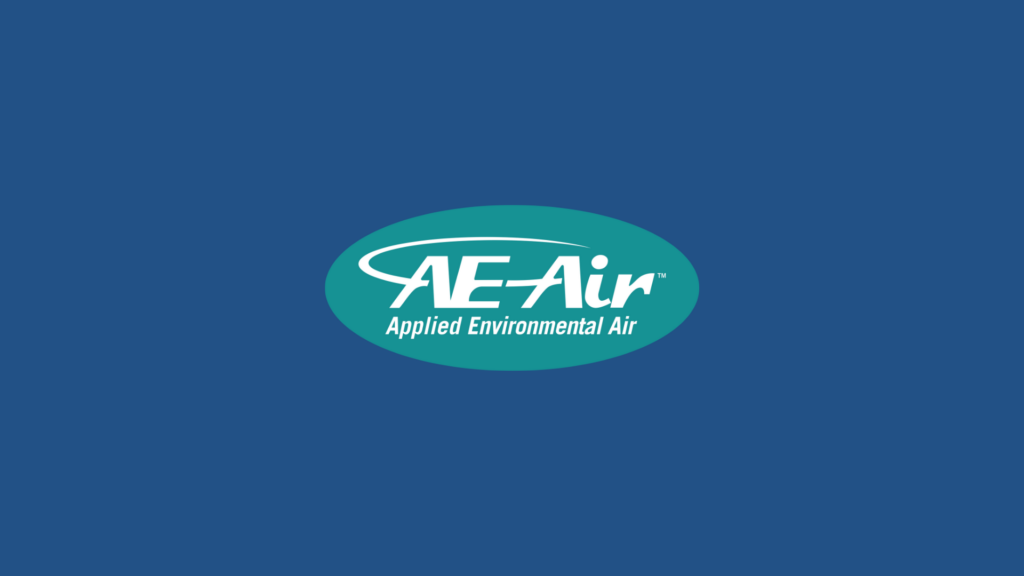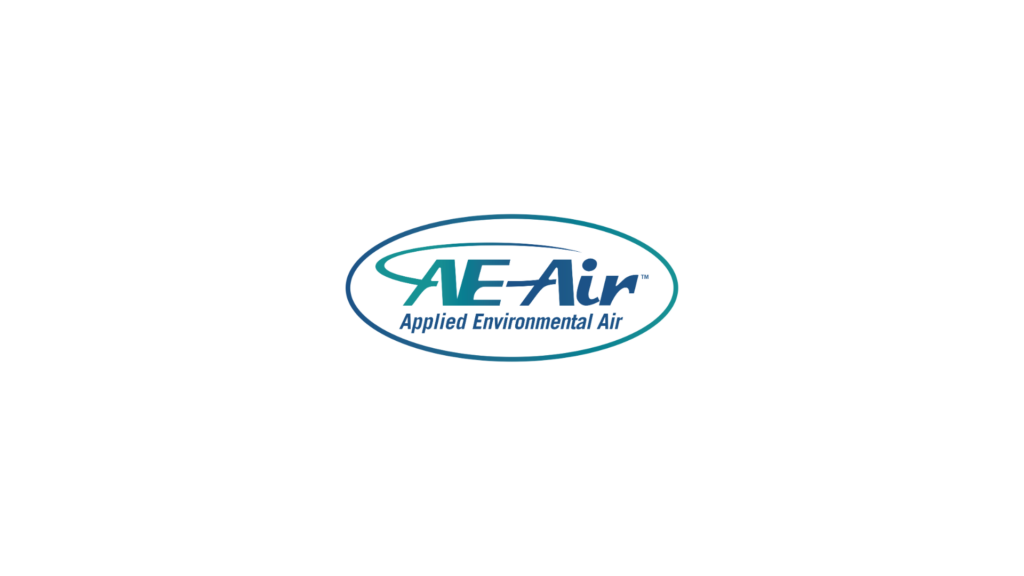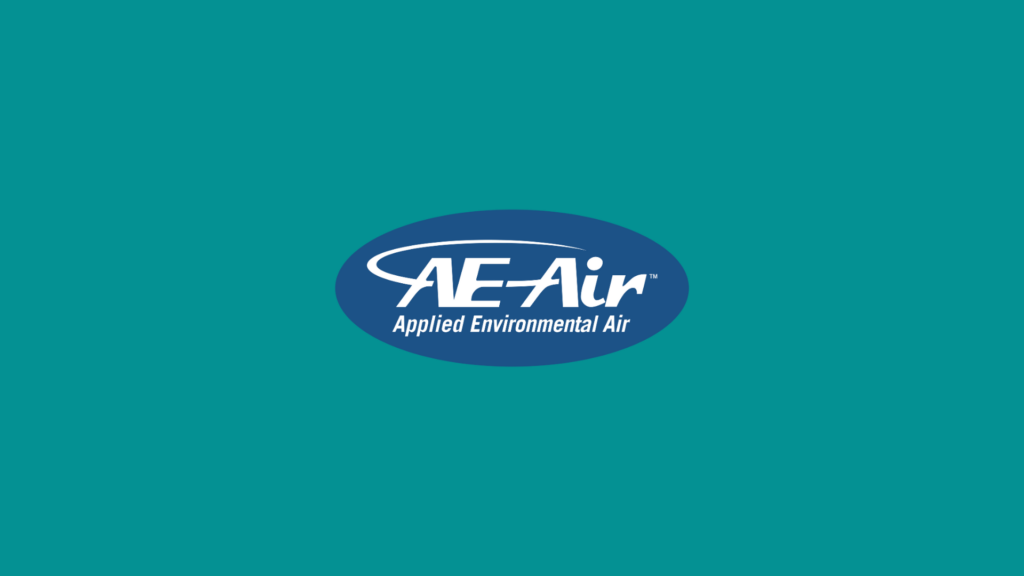Introduction:
Dealing with allergies and asthma can be a daily challenge, but your HVAC system can play a vital role in providing relief. The air inside your home can carry allergens like pollen, dust mites, and pet dander, all of which can trigger symptoms. By optimizing your HVAC system, you can significantly reduce these irritants and create a healthier living environment.
Air quality is a crucial factor in managing allergy and asthma symptoms. A well-maintained HVAC system not only controls the temperature but also filters and purifies the air you breathe. The right features, such as high-efficiency filters and humidity control, can make a significant difference in reducing allergens and pollutants.
Moreover, regular maintenance of your HVAC system is essential for optimal performance. Routine tasks like changing filters and cleaning ducts ensure that your system works efficiently to maintain clean air. This proactive approach helps minimize asthma attacks and allergic reactions, making your home a safer and more comfortable place to live.
Understanding How HVAC Systems Affect Allergies and Asthma
- The Role of Air Quality in Managing Symptoms
Air quality plays a critical role in managing allergies and asthma. Poor indoor air quality can aggravate symptoms and make living conditions uncomfortable. Allergens such as pollen, dust mites, pet dander, and mold spores often circulate within the home, triggering allergic reactions and asthma attacks. Maintaining good air quality reduces these triggers and provides relief for those affected by these conditions.
Clean air directly impacts your respiratory health. By filtering out harmful particles and maintaining appropriate humidity levels, your HVAC system can create a conducive environment for better breathing. This is especially important for individuals who spend a significant amount of time indoors, where air quality can often be worse than outside.
- How HVAC Systems Can Reduce Allergens and Pollutants
HVAC systems help reduce the concentration of allergens and pollutants in your home by filtering and circulating air. High-quality filters trap particles that would otherwise remain airborne. Advanced HVAC systems can also include air purifiers and humidifiers that target specific allergens.
Regular maintenance of your HVAC system is necessary to ensure it continues to function effectively. Cleaning filters, ducts, and other components can substantially decrease the presence of dust and allergens. Additionally, timely maintenance can prevent the buildup of mold and mildew, further improving air quality.
Key Features to Look for in an HVAC System
- High-Efficiency Particulate Air (HEPA) Filters: HEPA filters are essential for homes with allergy and asthma sufferers. These filters are known for their ability to capture 99.97% of particles as small as 0.3 microns. This means they can trap pollen, dust mites, pet dander, and even some bacteria and viruses. Installing HEPA filters in your HVAC system can greatly improve indoor air quality and provide significant relief from allergy and asthma symptoms.
- Ultraviolet (UV) Light Systems: UV light systems can be integrated into your HVAC unit to target and kill airborne bacteria, viruses, and mold spores. These systems work by using UV light to destroy the DNA of microorganisms, effectively neutralizing them. This additional layer of filtration helps to ensure that the air circulating in your home is as clean and healthy as possible.
- Adjustable Humidity Control: Humidity levels can directly affect allergy and asthma symptoms. Too much humidity can encourage mold growth, while too little can dry out nasal passages and exacerbate respiratory issues. An HVAC system with adjustable humidity control allows you to maintain ideal indoor humidity levels. This feature helps in reducing mold growth and keeping your living conditions comfortable.
By understanding and utilizing these key features, you can create a home environment that significantly alleviates the symptoms of allergies and asthma. Choosing the right HVAC system with these capabilities ensures a healthier, more comfortable living space for everyone in your household.
Routine Maintenance and Its Importance
- Regular Filter Replacement: One of the most crucial tasks in maintaining your HVAC system is replacing the filters regularly. Dirty or clogged filters can reduce airflow, forcing your HVAC system to work harder and making it less efficient. For those with allergies or asthma, it’s especially important to change filters frequently to ensure the air remains clean. Generally, it’s recommended to replace standard filters every 30 to 90 days, but this can vary based on the filter type and household conditions.
- Professional Duct Cleaning: Over time, dust, pollen, and other debris can accumulate in your HVAC ducts. This buildup can significantly affect air quality and exacerbate allergy and asthma symptoms. Professional duct cleaning involves removing contaminants from the ductwork, ensuring that the air circulated throughout your home is clean. Most experts recommend having your ducts professionally cleaned every 3 to 5 years, but if you have pets or severe allergies, more frequent cleaning may be necessary.
- Seasonal HVAC Inspections: Scheduling regular inspections for your HVAC system is vital for its longevity and efficiency. Seasonal inspections, typically done in the spring and fall, can help identify and fix any issues before they become major problems. These inspections check all components of your system, including filters, ducts, and electrical connections. Regular inspections ensure that your HVAC system operates efficiently, helping to maintain good air quality and reducing the risk of unexpected breakdowns.
Optimizing Your HVAC System for Better Health
- Zoning Systems for Customized Comfort: Zoning systems allow you to control the temperature in different areas or rooms of your home independently. This can help manage the air quality more precisely in areas where it is needed most, such as bedrooms for allergy sufferers. By directing airflow where it’s needed most, zoning systems can improve overall comfort while reducing strain on your HVAC system.
- Integrating Air Purifiers: Adding air purifiers to your HVAC system can significantly enhance air quality. Air purifiers work by removing airborne contaminants like dust, pollen, and mold spores that standard filters might miss. They can be standalone units or integrated into your HVAC system for continual, whole-house air purification. This added layer of protection can be especially beneficial for those with severe allergies or asthma.
- Using Smart Thermostats for Optimal Settings: Smart thermostats offer more than just convenience; they help optimize your HVAC system for better health and efficiency. These devices can learn your schedule and preferences, ensuring that your home maintains a comfortable and healthy environment. Smart thermostats can also monitor humidity levels and air quality, adjusting settings to promote optimal indoor conditions. This level of control can help reduce allergens and create a more breathable atmosphere in your home.
Conclusion
Living with allergies and asthma doesn’t have to be a constant struggle. By investing in the right HVAC system and maintaining it properly, you can significantly improve indoor air quality and alleviate symptoms. From advanced features like HEPA filters and UV light systems to regular maintenance and smart thermostats, there are numerous ways to optimize your HVAC system for better health.
At AE Air, we’re committed to providing HVAC solutions that cater to your specific needs. Our expertly designed systems integrate seamlessly into your home, offering transformative environmental control. For personalized advice and top-quality service, contact AE Air today and breathe easier with a healthier home environment!



